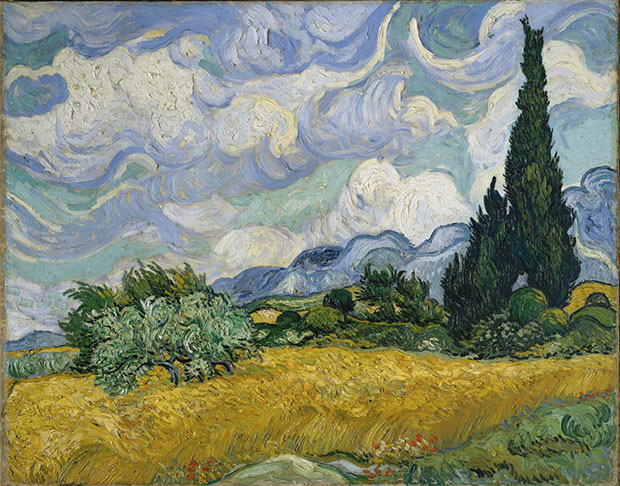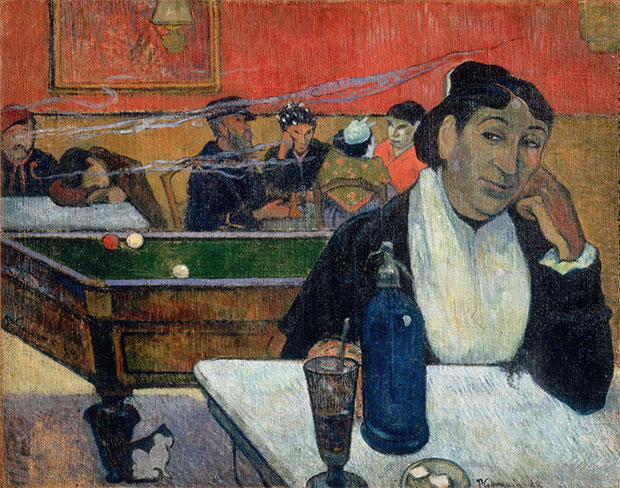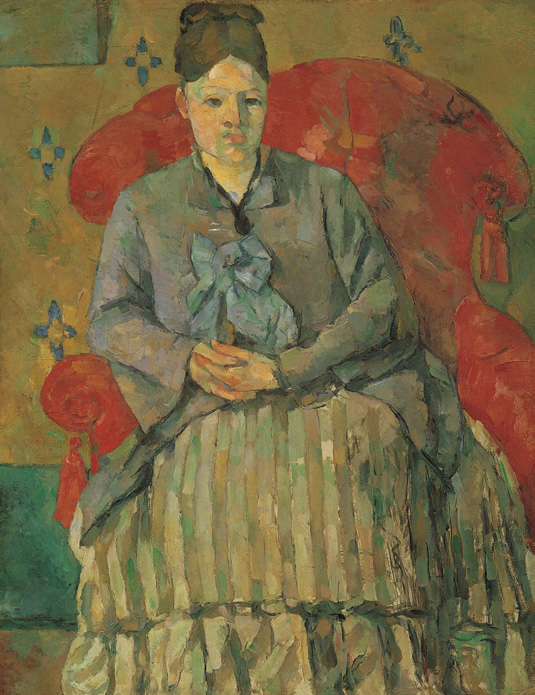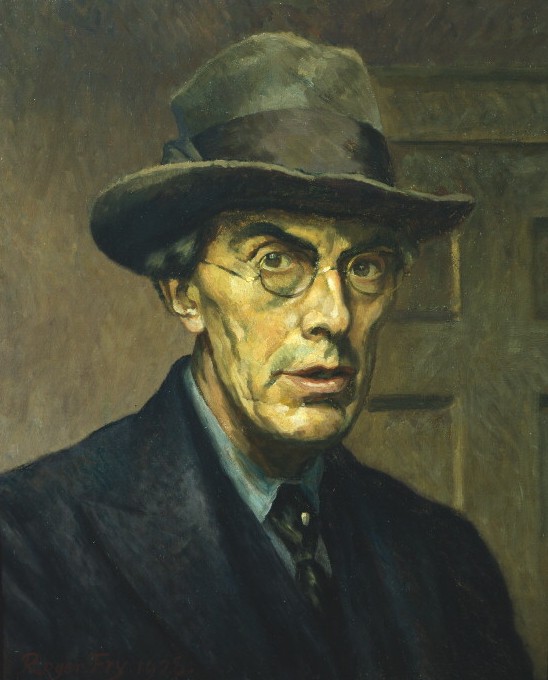
A Movement in a Moment: Post-Impressionism
Discover why Virginia Woolf pinpointed a 1910 painting exhibition as the starting point for the modern life
When, in later life, the British Bloomsbury Group author Virginia Woolf tried to pinpoint the moment at which modernism began, she wrote the famous lines, “on or about December 1910 human character changed.”
Woolf chose that moment not due to any particular literary, political or social event, but rather because it coincided with a seminal exhibition, organised by her friend, the fellow Bloomsbury Group member and Phaidon author Roger Fry (born 150 years ago today, on 14 December 1866), which gave rise to the term Post-Impressionism. Here’s how our book Art in Time takes up the story.
“In late 1910, the critic Roger Fry organized an exhibition at the Grafton Galleries in London that would introduce British audiences to the work of Vincent van Gogh, Paul Gauguin and Paul Cézanne, among others. Entitled "Manet and the Post-Impressionists", the show coined a label for these artists, who were understood as working in the wake of Impressionism.

“Fry explained that although the aims of the Post-Impressionists were opposed to those of the Impressionists, the relationship was far from straightforward. “They have taken over a great deal of Impressionist technique, and not a little of Impressionist colour," he wrote, "but exactly how they came to make the transition from an entirely representative to a non-representative and expressive art must always be something of a mystery".
"Fry credited much of this mystery to Cézanne, to whom he attributed a unique and original vision that dismantled Impressionist structure to reveal “a new world of significant and expressive form”.
However, Fry’s term isn’t a difficult one, because, although all the painters in his 1910 show had learned the lessons of Monet and other Impressionists, and continued to push painting forward, albeit in different directions.

“If Cézanne’s landscapes were about solidity and permanence, van Gogh’s seemed to be about expression conveyed through the handling of paint and colour, an expressivity that linked the Dutch painter in some eyes to the tenets of Symbolism," explains Art in Time. "In another work, La Berceuse one of five canvases of the same subject by van Gogh, the artist’s varied brushstroke, vibrant colours and energetic pattern keep the viewer’s eye from resting and seem designed to convey a mood. Likewise, the paintings of Paul Gauguin, who worked with van Gogh in Arles for a short time, might also be termed ‘mood pictures’, their link to Impressionism attenuated at best. His Night Café at Arles shares with Impressionism the radical cropping of the snapshot aesthetic and the imperative to choose contemporary subjects, but most of Gauguin’s painting belongs to other categories, including Symbolism for its emphasis on the expression of ideas, correspondences between painting and music, and subjectivity.”
Despite there being not clear, visual style linking Fry’s Post-Impressionists, their pioneering art laid the foundations for the Modernism. Pablo Picasso described Cézanne as “the father to us all”; German Expressionists acknowledged a debt to Vincent Van Gogh; and Gauguin’s canvases are often cited as influences on later movements, such as Cubism and Fauvism. Woolf was right to describe on this simple exhibition as a turning point for us all.

For more on Vincent Van Gogh order this book; for more on Gauguin get this one; to see more Cézanne order this book; for more on Manet order this one; and for more of the cultural moments that changed art history order a copy of Art in Time here.